Queluz National Palace
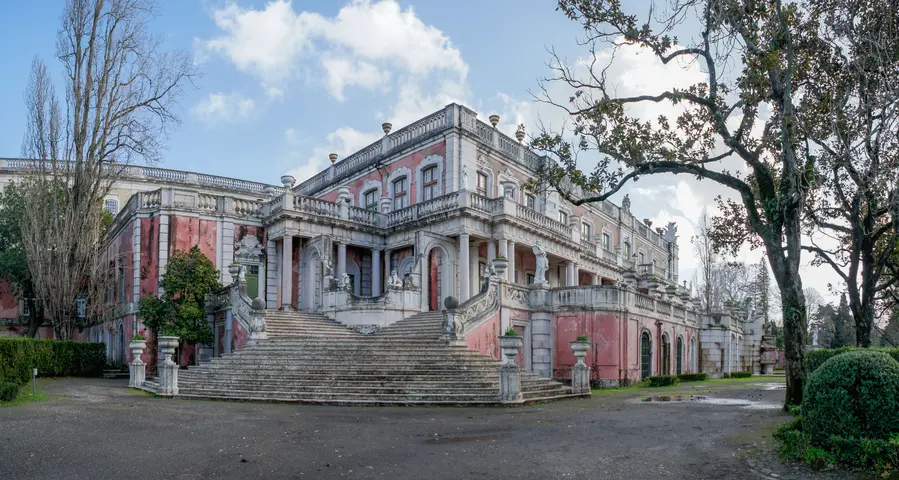
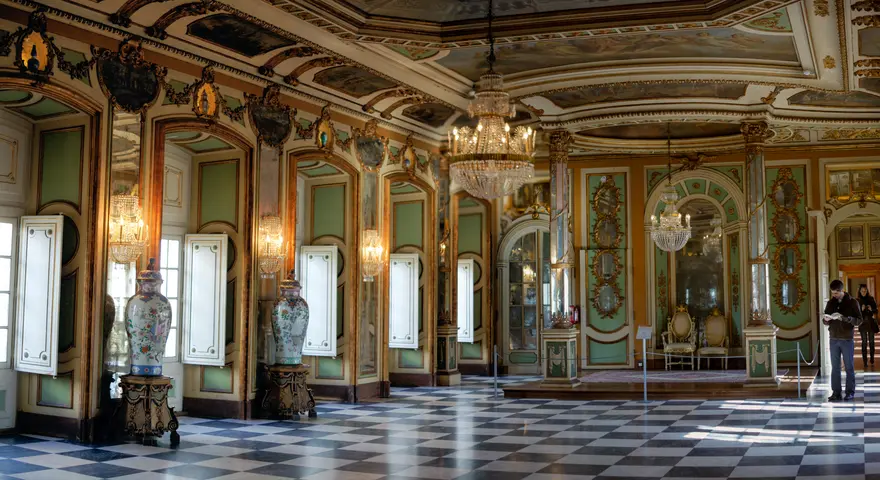
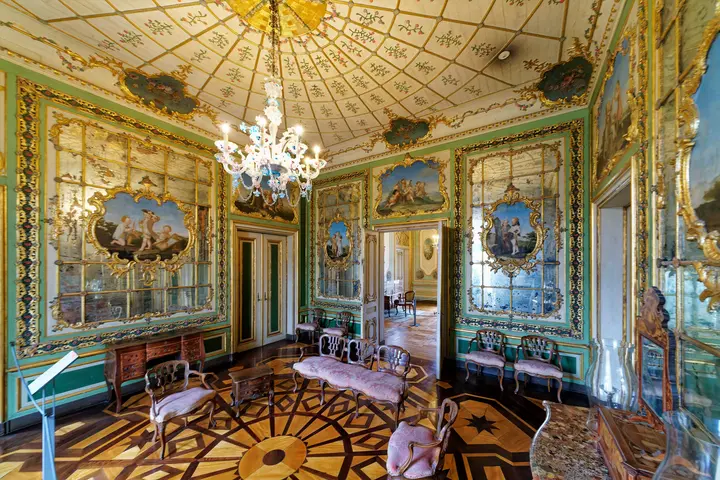
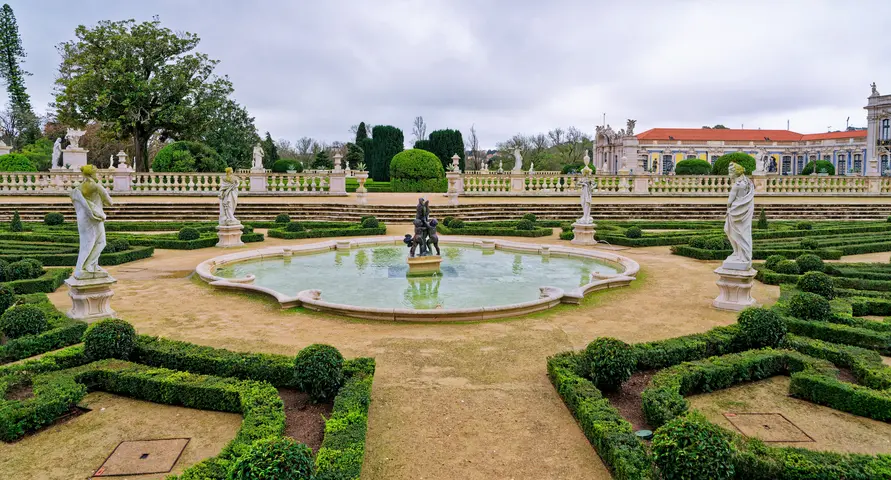
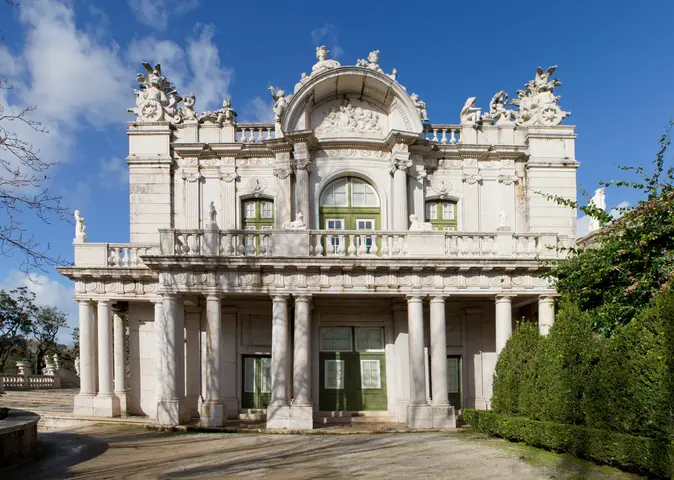
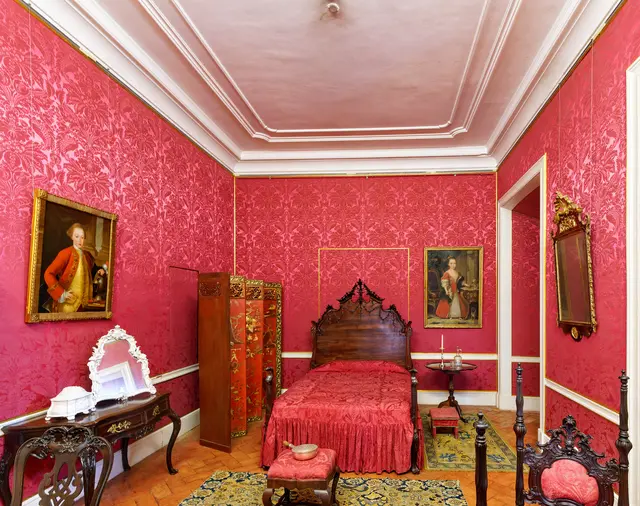
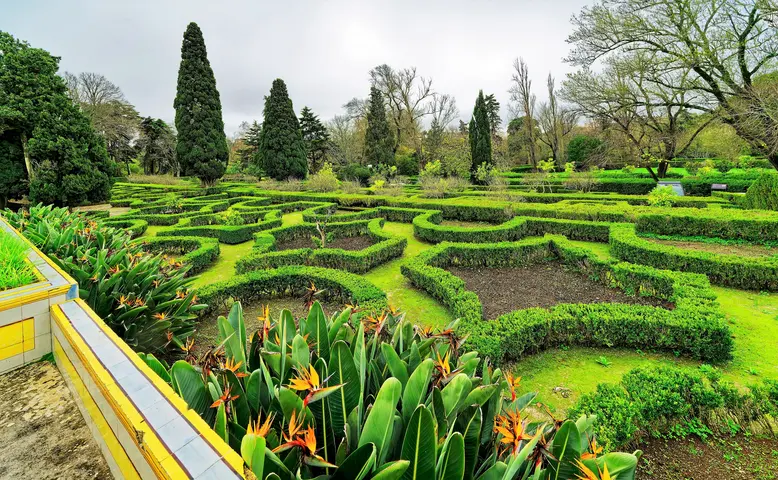
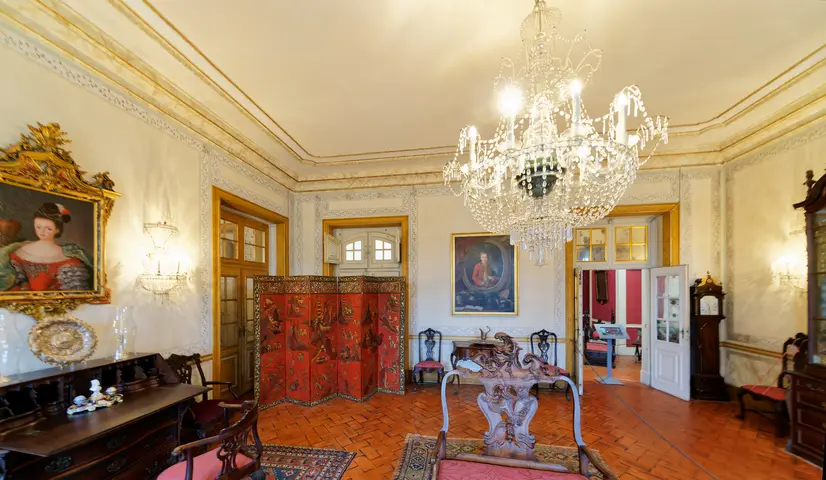
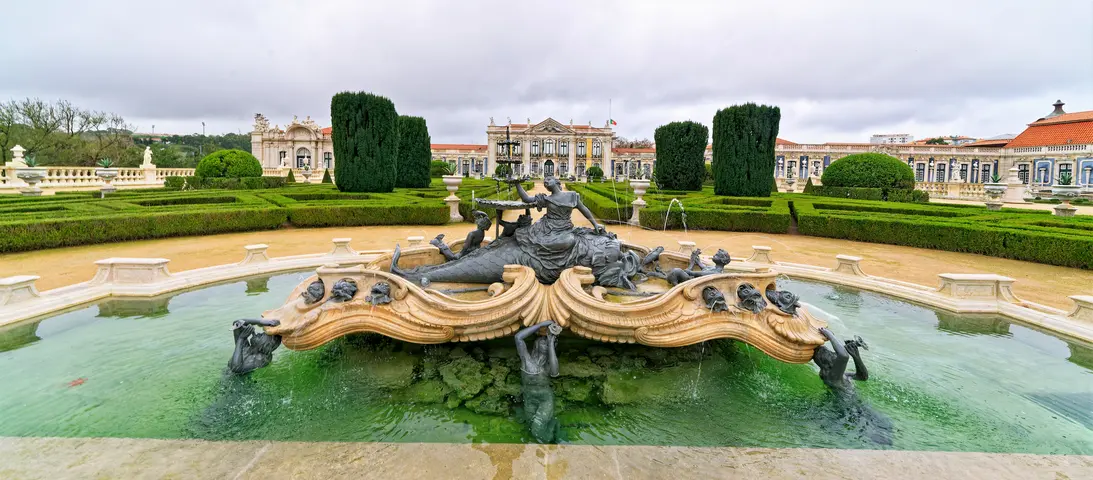
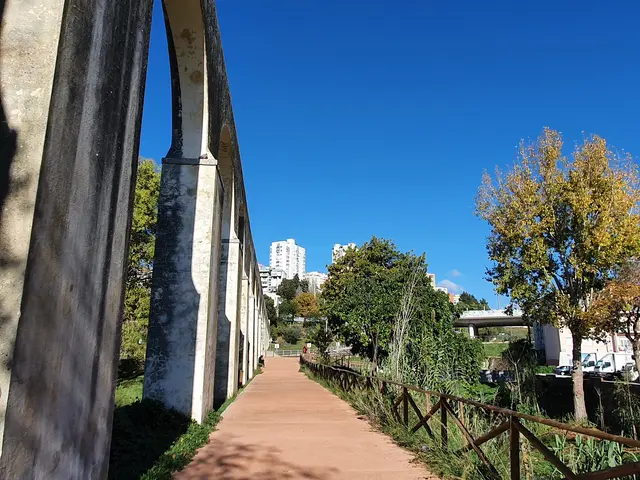
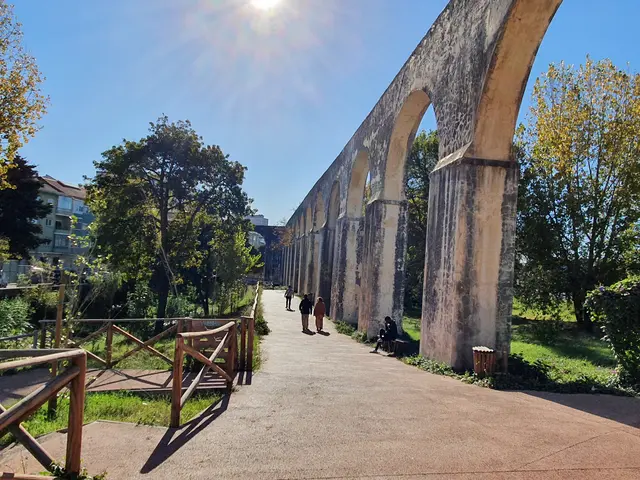
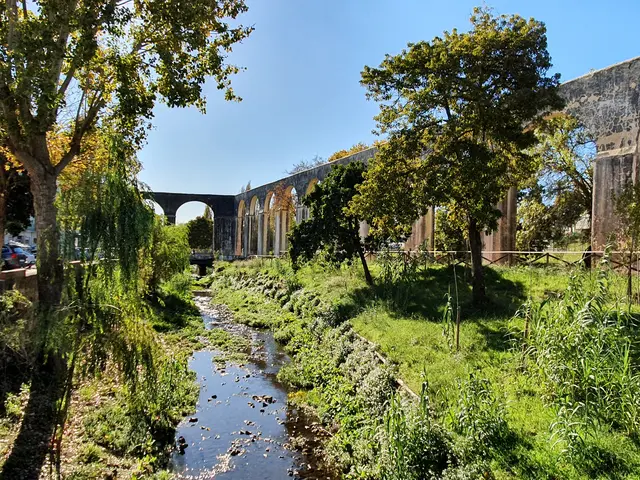
Introduction
The Queluz National Palace in Sintra offers a unique window into Portugal’s royal life. Once the stage for grand music and royal intrigue, today it invites us to explore its Rococo architecture and storied gardens. From musical evenings to dramatic tales of queens and revolution, Queluz has witnessed moments, both joyful and somber, that continue to inspire cultural travelers, educators, and history lovers alike.
Historic Highlights
🏰 Royal Beginnings
The Queluz National Palace in Sintra started as a modest rural retreat in the 18th century. Dom Pedro, a prince of Portugal, chose it as his private sanctuary. By 1747, architect Mateus Vicente de Oliveira began transforming the old manor into a palace. Unlike imposing royal seats, Queluz’s low buildings and elegant pavilions created a more intimate, inviting style—distinctly Rococo.
“A project modest in scale, consonant with a second son’s country retreat.”
— Historian, Guedes 1971
🎶 Pleasure Palace Life
Under Jean-Baptiste Robillon, a French architect, Queluz blossomed. He added the Robillon Pavilion and its famous double-staircase, creating a stage for royal garden parties and fireworks. Music filled the ornate rooms. Queen Carlota Joaquina maintained an orchestra described by William Beckford as “the finest in Europe.” Guests and locals alike were dazzled by evenings of music, feasts, and spectacular illuminations—imagine lanterns lighting the gardens, with fireworks reflecting in the Neptune Fountain.
“A harmony such as cherubim might envy.”
— William Beckford, 1787
👑 Moments of Drama
Queluz witnessed the full range of court life—from weddings and coronations to whispers of royal tragedy. Queen Maria I, known in legend as the “Mad Queen,” wandered its corridors in her decline; her story adds a haunting note to its cheerful facades. It was here that Dom Pedro IV, both hero of Brazil and king of Portugal, was born and died. During the French invasion, soldiers melted organ pipes for bullets, and British troops bivouacked in the grand halls—a vivid reminder of Europe’s turbulent past.
⚒️ Decline and Renewal
As Portugal changed, so did Queluz. Left behind by court and country, parts of the palace faded. A fire in 1934 devastated the Robillon wing. Yet, national determination revived the palace; artisans used old photos and plans to restore lost glory. In 1957, the palace even hosted Queen Elizabeth II, launching its new life as a museum and State Guest House.
💡 Visitor Tip
Don’t miss the restored Azulejo Canal—a tiled waterway where royals once drifted in tiny boats. Catching a summer concert in the gardens lets visitors relive the magic that enchanted court and commoner alike.
Timeline & Context
Historical Timeline
- 14th century – Estate origins in rural Lisbon outskirts.
- 1654 – King João IV includes Queluz in the Casa do Infantado.
- 1747 – Palace construction begins under Mateus Vicente de Oliveira.
- 1755 – Lisbon earthquake; construction at Queluz slows, design adapts for seismic safety.
- 1760 – Robillon Pavilion and staircase completed; Dom Pedro marries Princess Maria.
- 1774 – Court opera house built.
- 1786 – Dom Pedro dies; Queen Maria I commissions her pavilion.
- 1794 – Crown Prince João moves in after Ajuda fire.
- 1807–08 – French occupation; palace used by troops.
- 1826 – King João VI dies at Queluz.
- 1834 – Dom Pedro IV dies at palace; end of royal epoch.
- 1908–10 – State assumes ownership; monarchy falls.
- 1934 – Fire damages the Robillon Wing; restoration begins.
- 1940 – Reopens as museum and National Monument.
- 1957 – Pavilion hosts Queen Elizabeth II; becomes State Guest House.
- 2000s–present – Ongoing conservation under Parques de Sintra (PSML).
From Royal Retreat to National Treasure
The story of Queluz National Palace is one of shifting fortunes, architectural evolution, and cultural resilience. Its transformation reflects broader European trends, from Rococo exuberance to considered Neoclassical simplicity. The earliest phase—mid-18th century—coincided with Enlightenment ideas about leisure, nature, and the ‘rational’ landscape. Mateus Vicente’s plans, and Robillon’s later additions, ensured that Queluz stood out from both the grand Baroque monuments of Mafra and the medieval forms of the Sintra National Palace. Instead, it offered Portugal a “pleasure palace,” suited to music, conversation, and private gatherings rather than public ceremony.
Court Life and the Community
Queluz’s centrality was not merely political, but social and cultural. The palace became the heart of a growing service village, whose inhabitants played key roles—from gardeners importing exotic plants to cooks and musicians shaping daily court life. Local oral traditions have kept these stories alive, transforming the palace into a cherished symbol of local identity and pride. Even as grandeur faded, the community reclaimed and repurposed parts of the grounds, showing adaptability in the face of shifting national priorities.
Occupations, Upheaval, and Memory
During the Napoleonic Wars, Queluz became a microcosm of larger European conflicts—temporarily occupied by French forces, then used as British military headquarters. Legends of organ pipes melted for musket balls and secret treasures hidden by loyal staff hint at the anxiety and loyalty of those tumultuous decades. Later, the deaths of João VI and Pedro IV at the palace turned its rooms into sites of historical remembrance—reinforced by paintings, literature, and educational tradition.
Restoration and Heritage Management
By the 20th century, neglect put the palace at risk, culminating in the catastrophic 1934 fire. This disaster triggered a national effort to restore Queluz, marked by careful study of archival plans and recovered artifacts—a precursor to today’s heritage conservation standards. Mid-century use as a State Guest House (notably for Queen Elizabeth II) allowed the palace to keep evolving, merging past splendor with modern functions. Ongoing work by Parques de Sintra balances tourism, conservation, and environmental adaptation. Notably, recent efforts have focused on sustainable irrigation, flood control, and protection from urban encroachment.
Comparative Architectural Context
Queluz offers a unique point of comparison among Sintra’s famous palaces. Its horizontal, Rococo design contrasts dramatically with the vertical Romanticism of Pena Palace or the neoclassical restraint of Seteais. As ‘the Portuguese Versailles,’ it is neither as massive as Mafra nor as whimsical as Pena, occupying an essential middle role—exquisite, personal, and intimately tied to Enlightenment tastes. Its incremental development, response to natural disasters, and adaptive reuse over time highlight Portuguese architectural ingenuity and cultural flexibility.
Living Legacy
Through festivals, concerts, and community events, Queluz remains a vibrant part of cultural life. Its layered stories—from lunar-lit ghost tales to scholarly restoration campaigns—illustrate the palace’s ongoing dialogue between myth and meticulous stewardship. By examining its evolution, we see how the palace embodies broader national narratives: connection to monarchy, revolution, adaptation, and, perhaps above all, a continuing commitment to heritage and education.